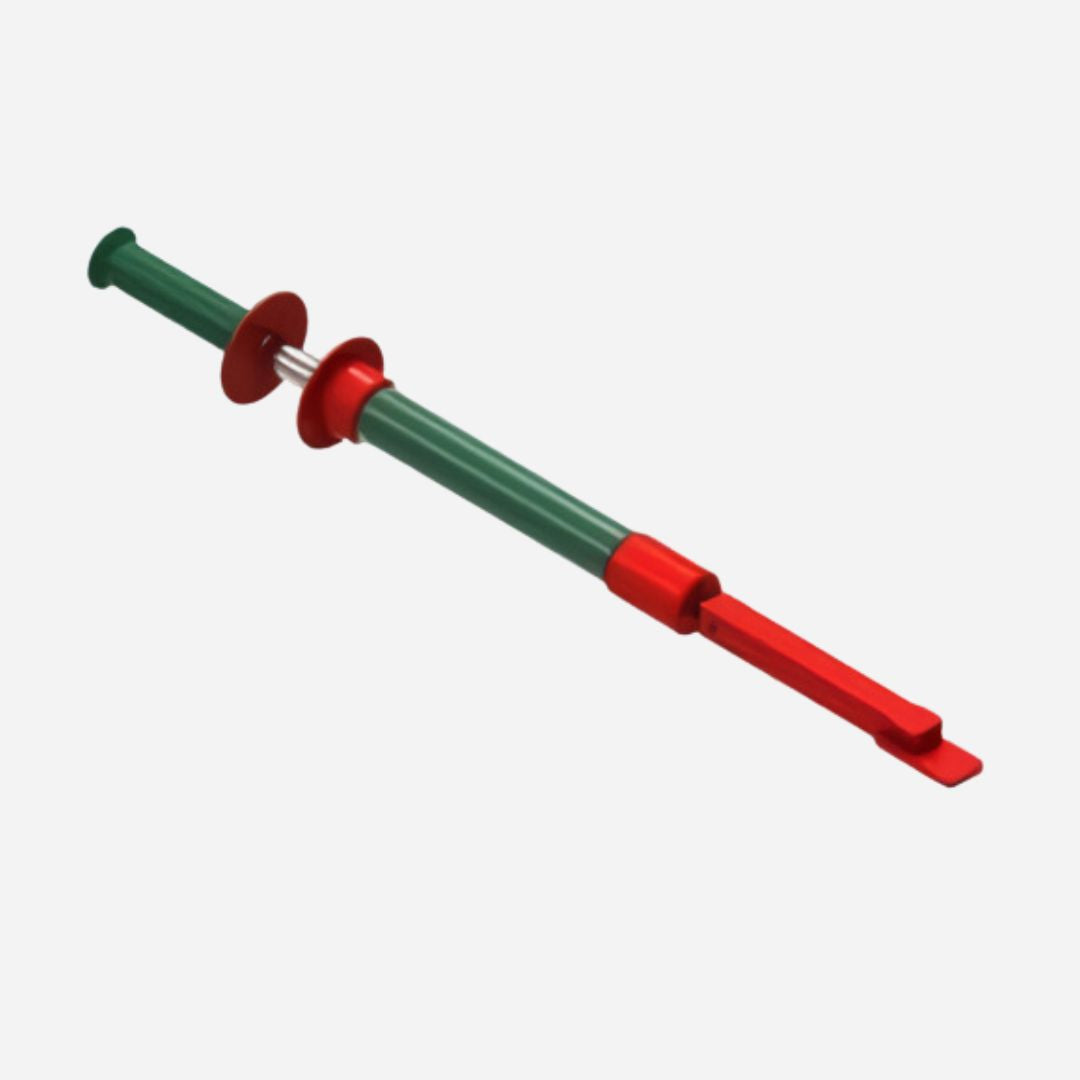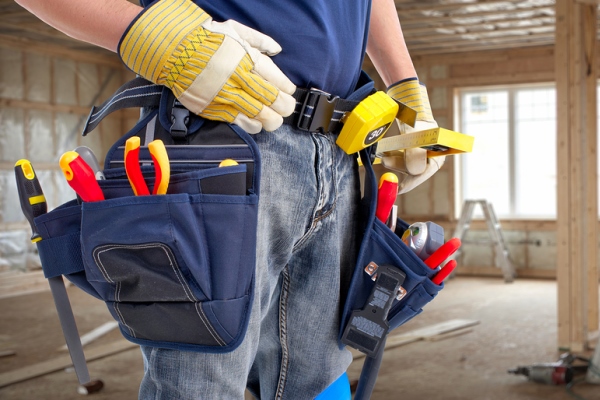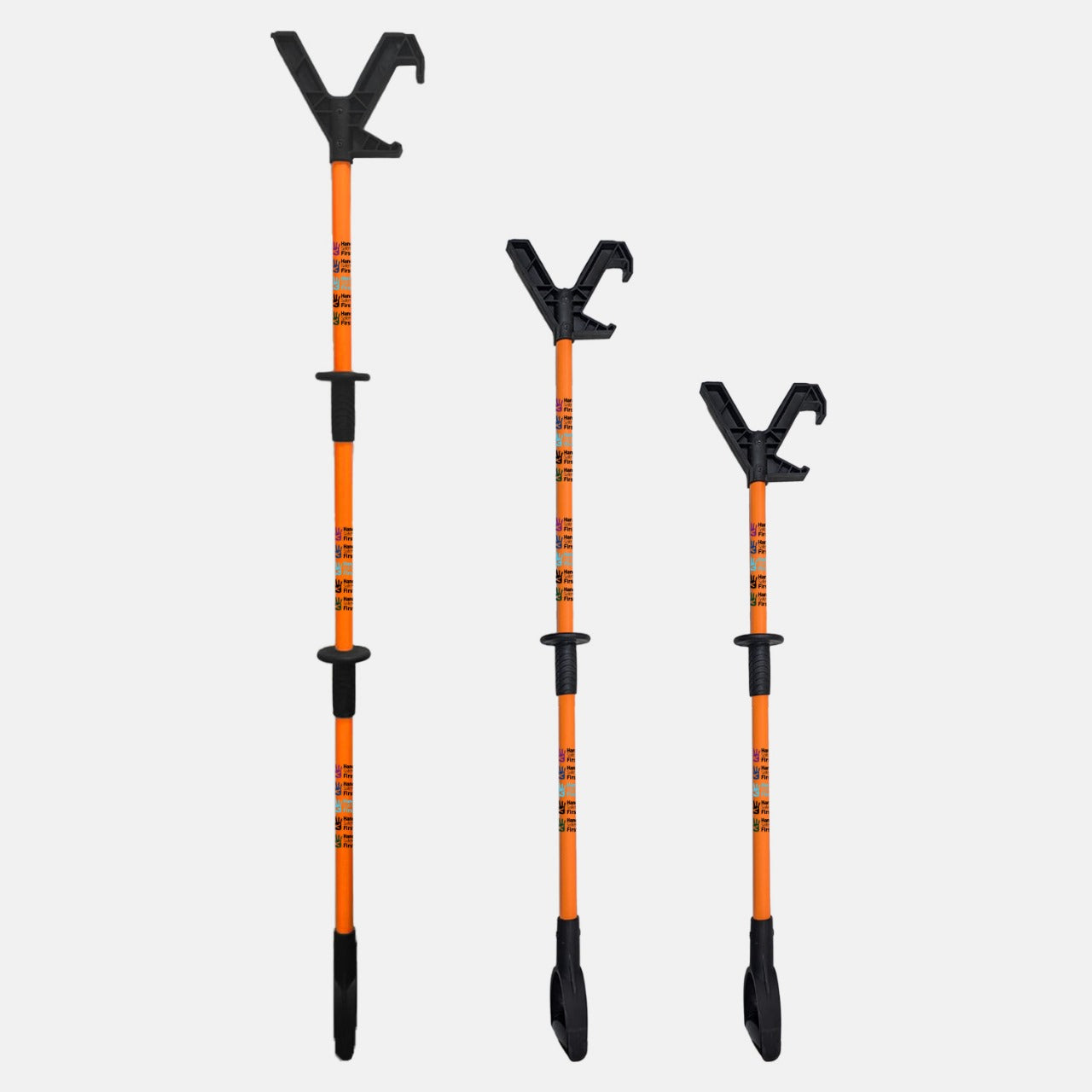Introduction
Are traditional hand tools putting your workers at risk? In the evolving world of occupational safety, hand safety tools are becoming the smarter alternative to traditional methods. From preventing crush injuries to enhancing grip and control, safety tools are designed with protection in mind.
In this blog, we'll compare hand safety tools vs traditional tools, evaluate their effectiveness, and help you decide which is right for your operations.
Why Hand Safety Matters in Industrial Work
According to the U.S. Bureau of Labor Statistics, over 100,000 hand injuries occur in workplaces annually—many of which could be prevented with the right tools.
1 . Lost productivity
2 . Increased insurance claims
3 . Long-term disability
Regulations from bodies like OSHA and HSE require companies to actively minimize hand-related risks—making safety tools more relevant than ever.

What Are Hand Safety Tools?
Hand safety tools are engineered devices that allow workers to perform tasks—like lifting, aligning, or securing loads—without placing their hands in dangerous zones.
Key Examples Include:
1 . Magnetic hand lifters
2 . Load positioning tools
3 . Push-pull sticks
4 . Remote release tools
These tools keep hands out of pinch points, eliminate direct contact with loads, and reduce ergonomic stress.

Traditional Tools: A Brief Overview
Traditional hand tools include hammers, wrenches, pliers, and lifting straps—manual tools that have been in use for decades.
Limitations include:
1 . Hands are often close to or in contact with heavy or sharp objects
2 . Limited ergonomics
3 . High potential for repetitive strain injuries
4 . Reliance on user skill and strength

Hand Safety Tools vs Traditional Tools: A Head-to-Head Comparison
|
Feature |
Hand Safety Tools |
Traditional Tools |
|
Hand Protection |
✅ High |
❌ Low |
|
Ergonomics |
✅ Designed for safety |
❌ Often poor |
|
Efficiency |
✅ High (less fatigue) |
⚠️ Varies by user |
|
Compliance (OSHA/HSE) |
✅ Easier to comply |
❌ More risk exposure |
|
Cost (Initial Investment) |
⚠️ Slightly higher |
✅ Lower upfront |
|
Long-Term ROI |
✅ Reduces injury cost |
❌ Higher long-term cost |

Case Study: Real-World Results
A logistics company in Texas reduced hand-related injuries by 67% after switching from manual load guides to push-pull safety tools. Productivity also rose by 22% due to less downtime and fewer injuries.

How to Choose the Right Tool for the Job
1. Identify High-Risk Tasks
Lifting, aligning, or positioning loads
2. Evaluate Frequency
Daily-use tasks benefit more from ergonomic tools
3. Consider Worker Feedback
Test both tool types with teams
4. Factor in Compliance Requirements
Are your current tools OSHA/HSE compliant?

FAQs
1. Are hand safety tools worth the extra cost?
Yes. While they may have a higher upfront cost, they significantly reduce injury-related expenses and downtime.
2. Can safety tools replace all traditional tools?
Not all, but many. Certain tasks still require manual tools, but safety tools enhance safety for high-risk operations.
3. Are they difficult to use?
Most hand safety tools are designed for ease of use, with minimal training needed.
4. Where can I buy certified hand safety tools?
You can purchase OSHA-compliant hand safety tools from certified industrial suppliers or direct from manufacturers.

Conclusion
So, which is more effective—hand safety tools or traditional tools?
The answer is clear: hand safety tools offer superior protection, better ergonomics, and higher efficiency. While traditional tools still serve a purpose, upgrading to safety tools is a proactive step toward a safer, more productive workplace.
Protect Your Team Today with Hand Safety First
Looking to reduce hand injuries and boost workplace safety?
Call us at +91 73861 10618 or email info@handsafetyfirst.com for expert advice and advanced hand safety tools.
🔒 Your team’s safety starts with the right tools. Let’s make every hand count.
👉 Visit HandSafetyFirst.com to explore our solutions now!
